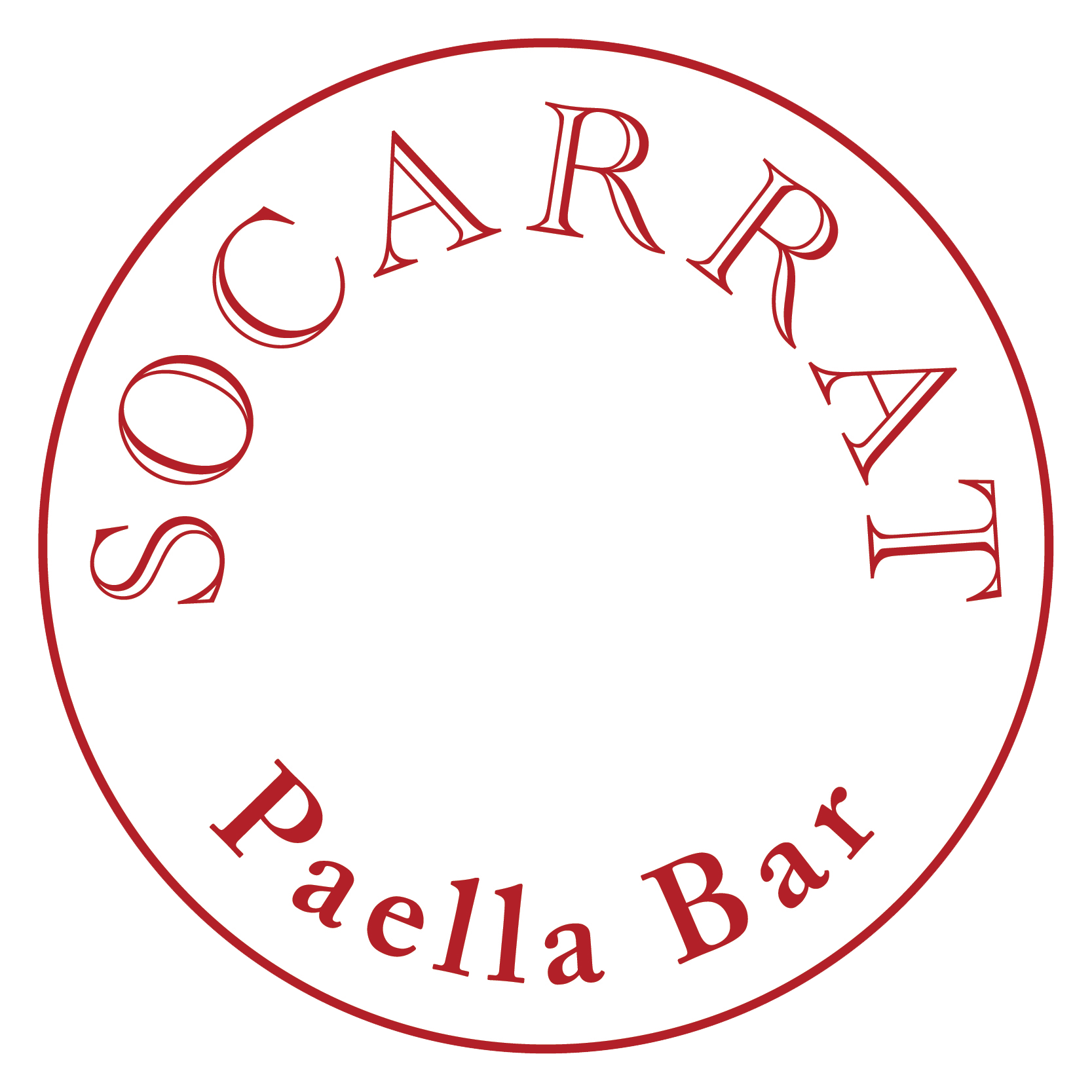Flamenco isn’t just a form of dance: it’s a seductive art form that captures attention, moves energy, and romanticizes its viewers as well as its participants. Evoking passion, temperament and energy, flamenco is one of the most exhilarating art forms to witness, both in the visual and in the audible sense.
Flamenco’s Origins
Flamenco originally wasn’t a dance at all – it was purely vocal, accompanied with rhythmical clapping of hands (toque de palmas). It grew from a little-known and exiled art to something reveled in by all.
Flamenco’s dance component was born in the 15th century with the gypsies’ (Gitanos) arrival to Andalucia. The Gitanos had traveled for centuries across the entire globe, bringing with them a plethora of folk dances across multiple cultures. Once settled, they used what they had experienced over the years to establish their own expression of art from the cultures they had experienced and the new culture of where they had settled. It was around this time that the guitar was added to the traditional chanting and clapping, to establish a more melodic tune to twirl around to.
Flamenco’s Oppression
The Monarchy in the 15th-16th centuries oppressed anything that was not Christian, including Flamenco. Gypsies, moors, and Jews were forced to convert faith or face expulsion from Spain – as a result, these cultures would settle in remote places “on the run” together, where they were free to live in their cultural expression.
Flamenco’s Golden Age (18th – 19th centuries)
The Romantic Era brought about an emphasis on anything that would evoke emotion, stimulate the senses, and embrace the Bohemian roots to nature and communal folklore – it was the perfect environment for Flamenco to finally flourish. Artists of the time welcomed enchanting mysteries, and Flamenco’s duende drew them in. Duende – like the socarrat to a great paella – is a quintessential component of true Flamenco – think of it as the emotion behind the expression.
As the Spanish poet Federico Garcia Lorca has observed: “duende could only be present when one sensed that death possible” – it’s the deep depths of its oppressed history that allows it to reach the ultimate highs of rousing rhythms, swirling skirts, and exuberant expression.
As it grew to fruition, Flamenco became known for its 4 elements: baile (dance), cante (voice), toque (guitar), and Jaleo, which essentially means “hell raising:” it’s the foot stomping, and clapping, and general shouts of encouragement you’ll hear in traditional Flamenco song and dance.
Flamenco’s Recognition
Spain recognized Flamenco as its official national dance under the dictatorship of Francisco Franco (1939-1975): the government recognized how powerful Flamenco was, and used it as a method of propaganda for its own people and an attraction to bring more tourism to Spain. Cafes cantantes (public Flamenco cafes) and tablaos where locals and tourists could view and join Flamenco dancers cropped up while Flamenco schools flourished.
Flamenco Live
Flamenco is an ensemble art that requires a minimum of 4 participants for its performance: the dancer, the singer, the guitarist, and the palmero (hand clapper). It is the palmero that sets the tempo for the musicians and the dancer – and the one that incites the crowd’s jaleo.
There are three types of flamenco song and dance, each 12-beat rhythms:
Cante jondo, also referred to as cante gitando (deep or profound song) – this is the closet to flamenco’s gypsy origins: the songs consist of deep emotions and often sadness or frustration.
Cante Chico (light song) – this is the Flamenco you see in the Hollywood movies – it’s light and short, and the songs focus on subjects like love and even humor. The tango and alegria are both commonly danced and taught forms of the Flamenco that fall into this category.
Cante intermedio (intermediate song) – literally, the intermediate Flamenco between deep and light; when a song and dance is too emotional to be considered light and airy, yet not deep enough to be considered full of the necessary duendo for cante gitando, it’s classified as intermedio.
Looking to learn, watch, or participate in Flamenco? You may be lucky enough to be invited to a juerga (private flamenco party) or travel to Spain to view a performance at a traditional tablao, but if you’re looking for something stateside that’s easier to catch on the NYC nightlife scene, you can visit a Spanish restaurant right here in Nolita – one of our favorite places to eat great tapas and drinks is Socarrat Paella Bar, which features a weekly (and totally free) Flamenco show every Tuesday between 7-10PM.


